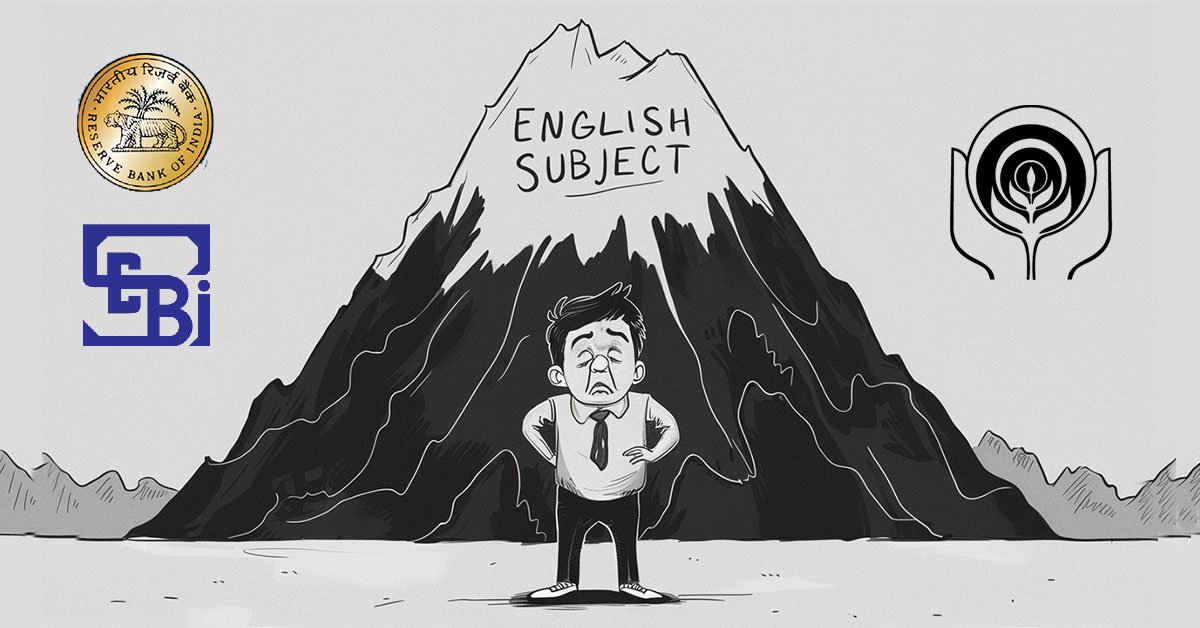Context:
A standardized six-digit classification system for categorizing all economic activities in India, replacing the earlier five-digit NIC-2008.
History:
- First introduced in 1962.
- Subsequent revisions: 1970, 1987, 1998, 2004, 2008.
Aim:
- Reflect India’s evolving economic structure.
- Improve granularity and accuracy of economic data.
- Align with UN’s International Standard Industrial Classification (ISIC) Revision 5.
Key Features:
- Covers emerging sectors: cloud services, blockchain, platform-based services, renewable energy, waste management, AYUSH.
- Introduces new classes for intermediation services (logistics, real estate, food services) and environmental remediation.
- Will serve as the standard framework for all official statistics, surveys, and policy design in India.
National Sample Survey Office (NSSO)
- What it is:
India’s premier institution for large-scale sample surveys across socio-economic domains. - Established:
1950, by Prof. P.C. Mahalanobis. - Aim:
Collect and analyse nationally representative data on employment, health, education, industries, prices, and other socio-economic variables.
Key Features:
- Headed by a Director General under the Ministry of Statistics & Programme Implementation (MoSPI).
- Comprises four divisions:
- Survey Design and Research Division (SDRD) – Kolkata-based; designs surveys and methodologies.
- Field Operations Division (FOD) – Manages nationwide data collection through zonal and regional offices.
- Data Processing Division (DPD) – Handles sample selection, software, and data validation.
- Survey Coordination Division (SCD) – Coordinates activities and publishes the journal Sarvekshana.
- Conducts key surveys such as Annual Survey of Industries (ASI) and Periodic Labour Force Survey (PLFS).



















